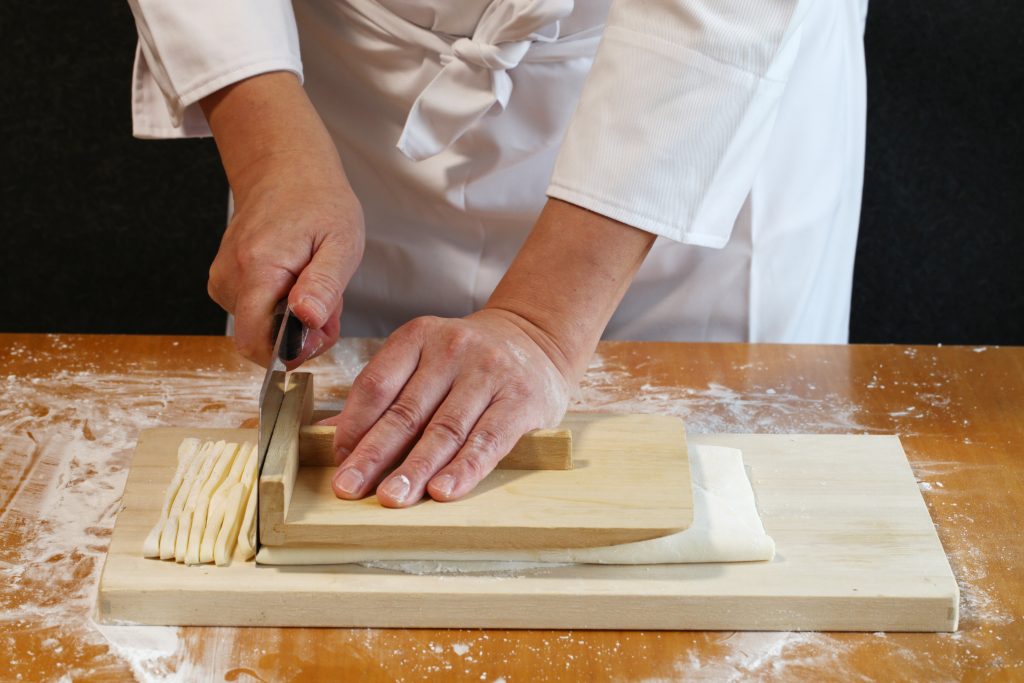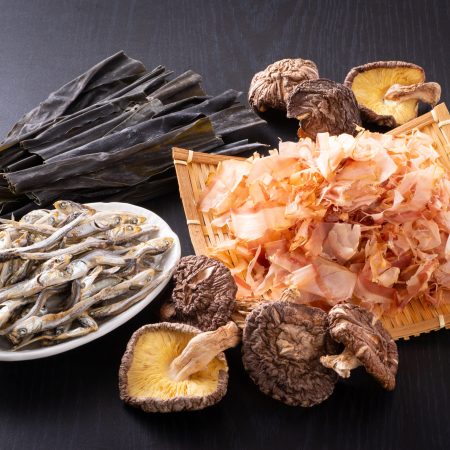
うどん (udon) is a traditional noodle dish in Japan, and its history dates back a long time. Here’s an overview of the history of udon:
- Origin: The origin of udon can be traced back to ancient China. The Chinese noodle dish “餛飩 (húntún)” is considered to be the precursor to udon. As this noodle dish made its way to Japan, it underwent changes in shape and preparation methods to eventually develop into the udon that is unique to Japan.
- Heian Period: The history of udon in Japan goes back to the Heian Period, where its existence is documented in poetry and literature. During this era, udon was primarily served at Shinto rituals and court ceremonies.
- Muromachi Period: In the Muromachi Period, udon started appearing on the tables of common people. Udon was made mainly through hand-stretching methods during this time and became a popular dish among townspeople.
- Edo Period: As the Edo Period began, udon continued to gain popularity among the common folk. During this time, various types of udon emerged, and different regions developed distinct methods of preparation and flavors.
- Modern Era: Starting from the Meiji Period onward, advancements in technology led to the industrialization of udon production. This gave rise to dried udon noodles and frozen udon, contributing to udon’s wider spread across the country.
- Regional Variations: Different regions in Japan have their own variations of udon. For example, Sanuki udon (from Kagawa Prefecture), Sanuki udon (from Ehime Prefecture), and Inaba udon (from Tottori Prefecture) are well-known. Each region’s udon culture boasts unique characteristics in terms of flavors, ingredients, and cooking methods.
Throughout its lengthy history, udon has deeply rooted itself in Japanese cuisine, offering a wide array of styles and variations to be enjoyed.

